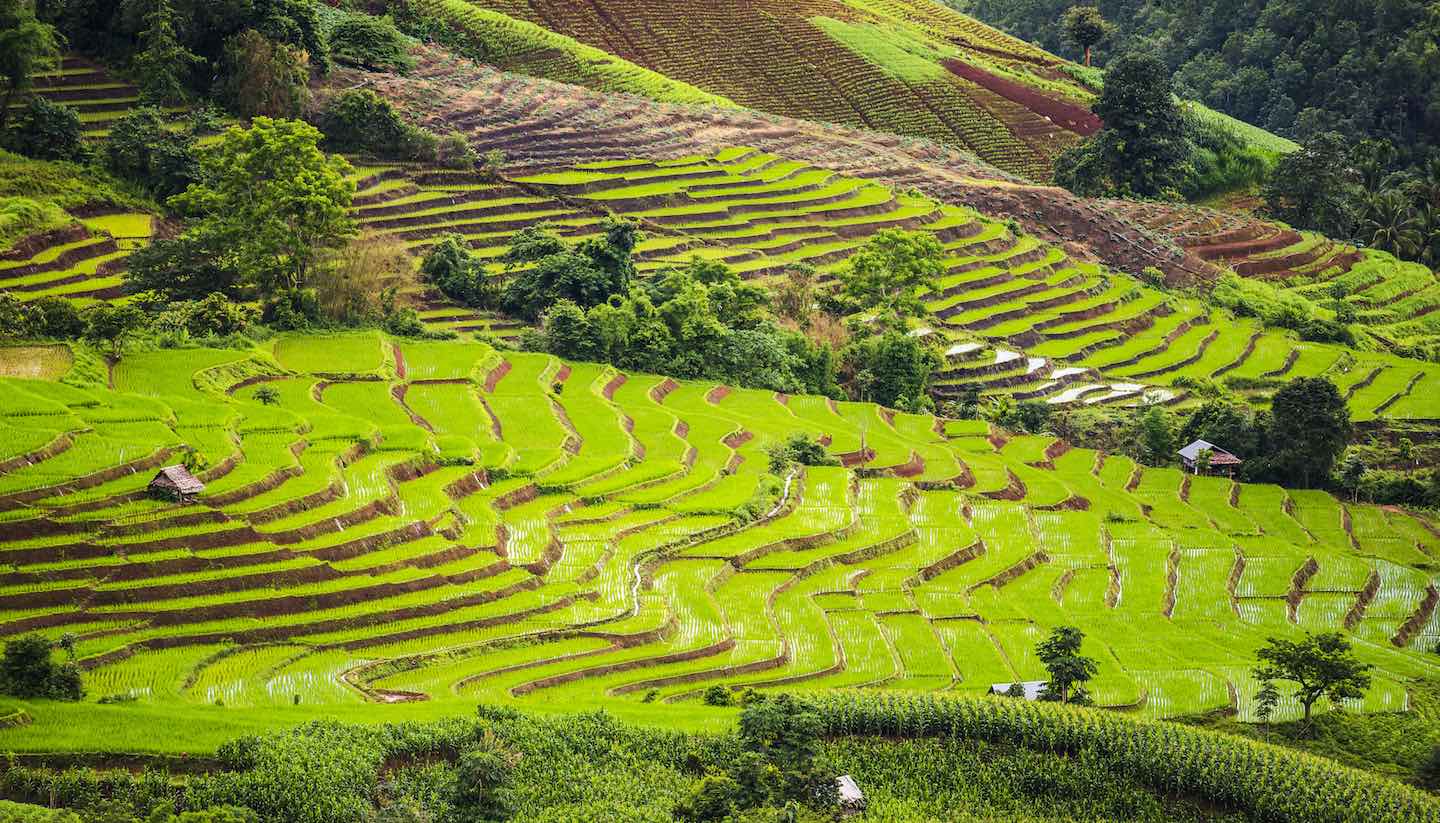Chiang Mai History
A two-century Burmese occupation may have rocked Chiang Mai, but the northern Thai city reversed its bad luck and transformed into the region’s commercial heart.
In the late 13th century, when the Lanna Kingdom was still in its infancy, King Mangrai decided to relocate the capital city.
Heavy flooding had forced him to move the principal town from Wiang Kum Kam, so he set up what became Chiang Mai.
Founded in 1296, Chiang Mai became the religious and cultural centre of the region.
But economic decline followed the death of leader Phaya Kao in 1526, when his next six successors either abdicated, were murdered or found themselves overthrown.
From 1558, the Burmese deposed the city several times. It was taken back by King Naresuan of the Ayutthaya kingdom in the early 1600s, then later by King Narai, but each time the Burmese wrestled it back into their control.
It wasn’t until 1774 that King Taksin finally succeeded in forcing out the Burmese. Though virtually deserted for the next couple of decades, Chiang Mai gradually expanded under the leadership of Chao Kavila, its fortifications were rebuilt and its temples restored.
The city’s river port flourished and Chiang Mai became a vital trading hub, building its fortunes on teak, silk and opium, traded by a myriad of hill tribes from the mountains stretching north to Myanmar and Laos.
In 1884, King Chulalongkorn brought Chiang Mai under the control of the Bangkok government.
The first train rolled into town in 1921 after a route was blasted through the mountains, connecting Chiang Mai with central Thailand. And in 1932, Chiang Mai was incorporated into Thailand.
Today, Chiang Mai is a thriving, modern metropolis with a slew of smart hotels and restaurants catering to the ever-increasing numbers of tourists.
Did you know?
• Chiang Mai means ‘new walled city’.
• Chiang Mai has over 300 Buddhist temples.
• Chiang Mai hosted the SEA Games in 1995.


